I am often asked by guests why we came here. Was it always our dream to set up home in Italy and live la dolce vita? The answer in our case is a simple: No. We were living in London and had both given up the jobs as goldsmith (Rob) and software consultant (Vanessa) we had been doing for too long. We were fed up with routine and were looking for an adventure and a new challenge. We had done a couple of house renovations. I was fed up with house renovation, Rob wanted something a little more demanding. I wanted a large garden with a vegetable plot. We enjoy walking and cycling so the idea of living close to mountains was enticing; both of us had wasted many hours in traffic jams travelling from London to various hilly hotspots in Great Britain only to be greeted by a deluge of water falling from the heavens. Of course living in a warmer climate is in itself a bonus compounded by the availability of products from that climate such as wine and olives and the added interest of a foreign culture and language. It was a friend who put the idea of Italy in our heads.
This friend had been researching properties in Italy, particularly northern Tuscany near the Garfagnana. Initially I was sceptical but eventually the four of us went out to northern Tuscany to have a look around. The north of Tuscany did not appeal, property was expensive, the hills were steep, we made jokes about having to abseil down to the veggie patch. Rob and I found a barn on a flattish ground that might have been suitable but negotiations stalled when the owner “found” an additional small pocket of land with a walnut tree belonging to it and increased the price by a disproportionate amount.
We turned our attention to Le Marche, which seemed to offer value for money and rolling hills; even the mountains here seemed more rounded and friendly than the forbidding steep Garfagnana. There was plenty to look at, though by the time we arrived a lot of the smaller properties had already been sold as holiday homes. What was left, were a number of large multi-family farmhouses. We wanted some land around the house, which was not always available. Farmland being regarded as valuable by the farmers. We viewed a number of ruins – piles of sandstone that would need to be completely rebuilt. One house even needed a new road for an additional 40 000 Euro. Some houses were down deep valleys with no views (we had to have a view) and one house even had its own wood (and damp problem).
We found out that planning permission in Italy is commune specific and that you really needed a Geometra (surveyor and project manager) who had links to the commune your house was located in, so that your plans would be approved easily. The volume of the house and outbuildings could not be increased but could be transferred. One enterprising owner had removed half the volume of the barn at one property to extend his own home several kilometers away. We viewed a couple of houses half finished by optimistic builders. Houses without windows, but with beautifully finished plastering and screed that would have to be chiseled out to lay the electric cable and plumbing. We were warned about pre-emptive rights – the right of a farmer using land adjacent to yours to buy the land attached to your house .
Eventually we found Casa Carotondo – its called that on the 1:25000 walking map. We’re not sure where the name comes from; perhaps the Ca is from campo (field) and rotondo means round. (The house is on the top of a small hill surrounded by farmland.) There is a village near here called Camporotondo. Owned by an elderly gentleman, who used it as a chicken farm, the floors of Casa Carotondo and its barns all had a thick layer of compost from the previous inhabitants. They had mostly been sold. Only chickens for his personal use and some quail were left. Posters on the wall of one room including one of that icon of the 1970s – Plastic Bertrand, were the only visible evidence of previous human habitation.
The house ticked all the boxes. There was a great view of the Sibillini Mountains. We were close enough to the mountains to be able to get up there quickly to go walking or cycling. The house was big enough (400 sqm) to convert into apartments so we could earn a living and provide Rob with his renovation challenge and the 5 hectares of land attached to the property gave me a garden big enough to play in. There was also a small wood that would provide us with firewood for heating. (We had already heard that gas was expensive). The house was in a reasonable condition. The roof was in need of repair but the walls were solid and not showing signs of earthquake damage or subsidence. That was October 2003. On April 8th. 2004 we arrived with our worldly goods to start our new adventure.
Any regrets? Well, perhaps we should have been a little less ambitious with the size of our renovation and garden projects – both are still ongoing. The house renovation is not only over time but also well over budget and yes, I did have to get very involved in it. However we do now have three holiday apartments providing an income. We don’t have a boring routine and occasionally, but not enough, we do go out to play in the mountains. The wine is good and cheap. When the sun shines it is hot – even in winter. Wherever you are you will have your bad days, on those days you just need to take a moment to look up at the mountains to remember that you don’t get a view like that in S.E. London. As you sip your coffee during a leisurely breakfast you just think of the poor souls in a mad rush to get somewhere in the rain and going nowhere in a traffic jam on the M25 motorway around London. Life here isn’t all that bad.
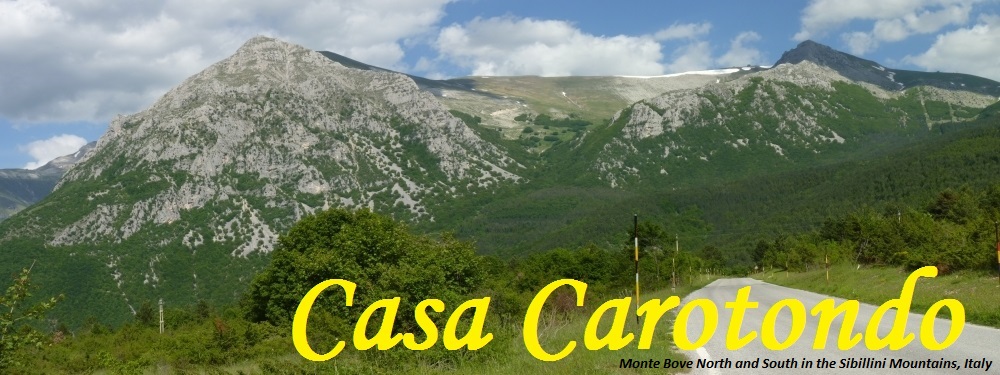
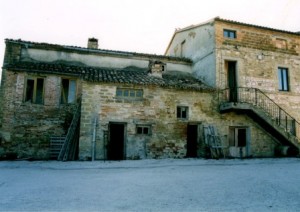
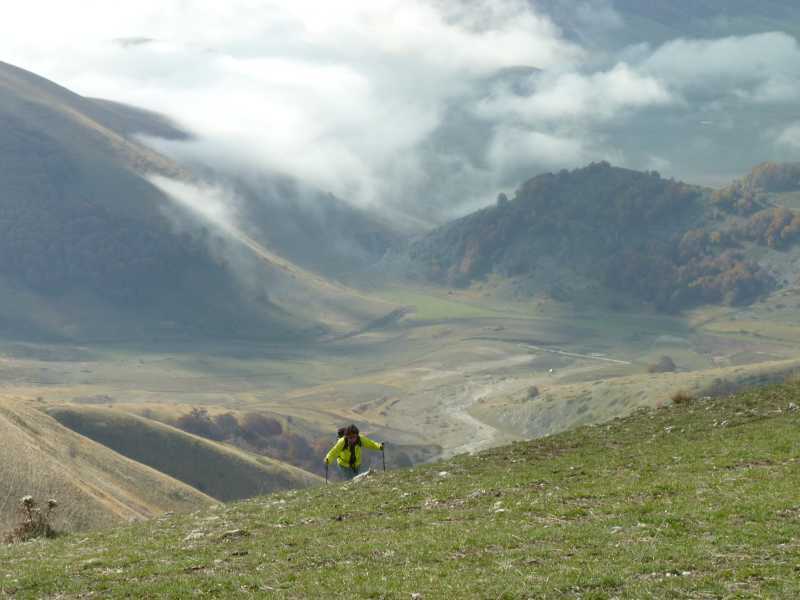
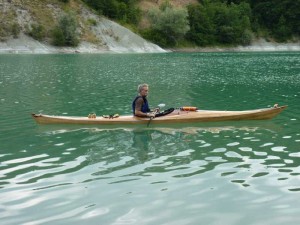
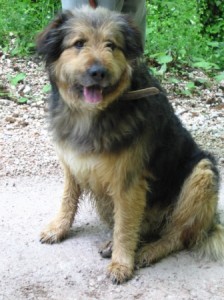
Hi firtst time i,ve read this….so when are you gettung a book published…love following your blog too….j xx